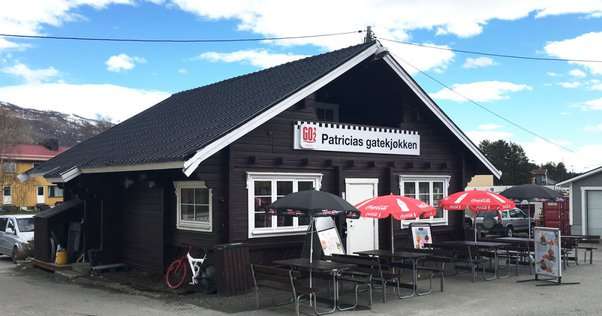The Quick Service Restaurant (QSR) industry in Africa has emerged as a dynamic and rapidly expanding sector, fueled by a combination of demographic shifts, urbanization, and changing consumer preferences. This report aims to provide a comprehensive analysis of the African QSR industry’s market size in terms of both volume and value.
Market Size in Volume: Estimating the market size of the African QSR industry in terms of volume involves analyzing the total quantity of food items served by QSR establishments across the continent. The volume of QSR sales in Africa reached unprecedented levels, driven by several key factors.
One significant driver of volume growth is Africa’s demographic profile, characterized by a young and rapidly expanding population. With more young people entering the workforce and urban centers, the demand for convenient and affordable dining options has surged, leading to an increase in the volume of food served by QSRs.
Furthermore, urbanization rates across Africa have been steadily rising, with more people migrating to cities in search of better economic opportunities. Urban dwellers often have busy lifestyles and limited time for meal preparation, making QSRs an attractive option for quick and hassle-free dining experiences.
Additionally, the COVID-19 pandemic, which initially posed challenges to the restaurant industry, led to a surge in demand for delivery and takeaway services. Many QSR chains adapted by enhancing their delivery capabilities and implementing contactless ordering options, further boosting the volume of food sold through these channels.
While comprehensive data on the exact volume of QSR sales in Africa may be challenging to obtain, industry reports and market research suggest a significant uptick in consumption, driven by the factors mentioned above.
Market Size in Value: Assessing the market size of the African QSR industry in terms of value involves analyzing the total revenue generated by QSR establishments operating across the continent. The African QSR market witnessed robust revenue growth, reflecting both increased sales volume and rising average transaction values.
Multinational QSR chains continued to expand their presence in Africa, capitalizing on the continent’s growing consumer base and favorable economic conditions in many regions. These chains invested in marketing campaigns, store renovations, and menu innovations to attract customers and drive sales.
Additionally, technological advancements played a significant role in enhancing the value proposition of QSRs in Africa. The adoption of mobile ordering apps, loyalty programs, and digital payment solutions not only improved customer convenience but also enabled QSR chains to gather valuable data insights for targeted marketing and menu optimization.
Moreover, the franchising model remained a popular strategy for QSR expansion in Africa, allowing chains to scale rapidly while minimizing operational risks. Franchise fees and royalties contributed to the overall revenue of QSR brands, further bolstering the industry’s value.
Overall, the African QSR industry’s market size in terms of value experienced robust growth, driven by a combination of factors such as increased sales volume, rising average transaction values, and strategic investments by QSR chains.
Conclusion: The African Quick Service Restaurant (QSR) industry continues to thrive, driven by demographic trends, urbanization, and evolving consumer preferences. In 2023, the industry witnessed significant growth in both volume and value, with QSR chains expanding their footprint across the continent and leveraging technology to enhance customer experiences.
Looking ahead, the African QSR industry is poised for further growth and innovation, with opportunities for both multinational and local players to capture market share and meet the diverse needs of consumers. Strategies focused on convenience, value, and sustainability will be essential for driving continued success in this dynamic and competitive landscape.
Similar: The European Quick Service Restaurant (QSR) Industry Review & Market Value



